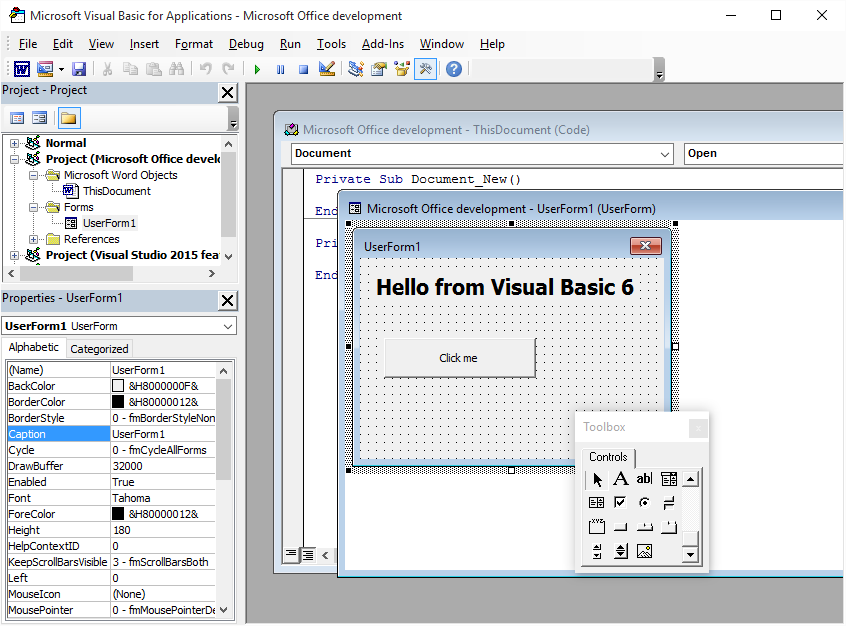

In this method, we can get the object Application and the other objects model. The ThisAddIn_Startup method is the application starting point. This.Shutdown += new System.EventHandler(ThisAddIn_Shutdown) This.Startup += new System.EventHandler(ThisAddIn_Startup) / the contents of this method with the code editor. / /// Required method for Designer support - do not modify If you have code that // must run when Outlook shuts down, see // Note: Outlook no longer raises this event. Private void ThisAddIn_Shutdown( object sender, System.EventArgs e) Private void ThisAddIn_Startup( object sender, System.EventArgs e) The main class is ThisAddIn and is like this:
Complete the project name and click OK.Īctually, the project layout generated for Visual Studio is very intuitive and simple. Select Outlook 20 VSTO Add-in template. In the template panel of the project, open Visual C#, Office/SharePoint, Office Add-ins. In the following section, we are going to start in this type of applications. ContactItem: It represents a contact in the Contact folder. TaskItem: It represents a task to be performed within a specified time frame. AppointmentItem: It represents a meeting, a one-time appointment, schedule appointment or a meeting in the Calendar folder. MailItem: It represents an email message. Remark: This object is obsoleted and, in substitution, you should use Folder object instance of MAPIFolder. MAPIFolder: It represents a folder that contains emails, contacts, appointments, etc. Inspector: It represents a window to display an item, such as an email message, a task, an appointment, etc. Explorer: It represents a window to display the folder's contents, such as emails, message, tasks, appointments, etc. This object is the starting point to reach the other objects of the model. Application: It represents the Outlook application and is the highest-level object in the model. 
This is the starting point when we want to create an Outlook Add-in and it's important to understand the meaning of these objects. In this tutorial, we are going use Outlook 2013 as a case study and Visual Studio 2015. NET Framework that lets us extend and customize the Microsoft Office products in (versions 2003 and later). Visual Studio Tool for Office (VSTO) Add-in is a toolset available in.






 0 kommentar(er)
0 kommentar(er)
